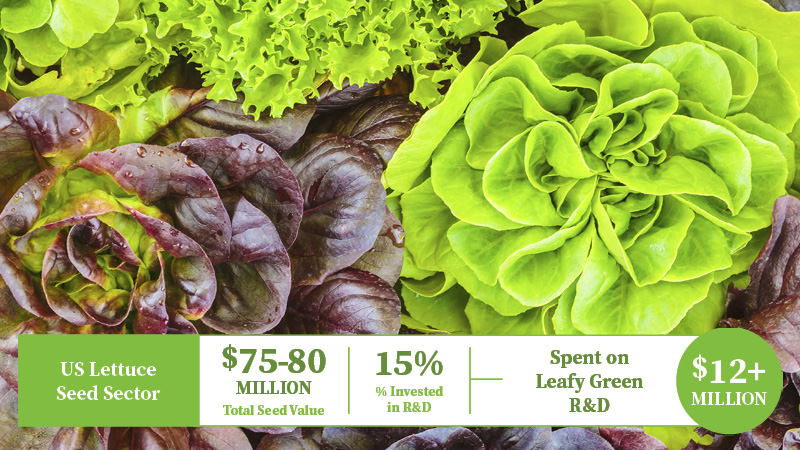New Irrigation Resources
Irrigating efficiently saves money, helps keep trees and vines healthy, minimizes runoff and unwanted leaching, and can conserve water for use in subsequent years during times of drought. “I irrigate every two weeks, just like my father did and my grandmother before him.” This approach may work for many growers and water managers, and is often a good starting point. For those who can’t rely on such generational knowledge or who want to follow up on their seat-of-the-pants irrigation decisions, there are many tools available to help manage water wisely.
• Irrigation Schedulers — Many scheduling programs can be found online. These generally use the water budget method to project when the soil moisture supply will reach a limiting threshold. They vary in sophistication, but most programs use historic weather data and plant developmental stages to indicate when or how much to irrigate, then make adjustments in subsequent periods as current weather data becomes available. To learn more about irrigation scheduling, check out www.cimis.water.ca.gov.
• Soil Moisture Monitoring — Knowing how much moisture is available in the soil at the beginning of the season is useful for efficient irrigation management. This could be a simple estimate based on dormant season rainfall amounts or a direct measurement such as weighing and drying soil samples. Either way, a little knowledge of your soil type and depth is helpful; knowing these soil parameters is necessary when using an irrigation scheduler or calibrating certain soil moisture monitoring tools. Soil surveys, backhoe pits, and auguring can all provide you with this information.
Once early-season available soil moisture is established, a schedule can be set up. Once irrigation begins, you can check the effectiveness of your irrigation program by monitoring soil moisture. Moisture monitoring tools include tensiometers that indicate available water amounts by measuring soil water tension. These are economical but limited to use in well-watered situations or in sandy soils where available water is held loosely in relatively large soil pores.
Gypsum blocks work by measuring electrical resistance. These work in a wider range of soil moistures, and in finer textured soils, and can be useful in deficit irrigation situations. Tensiometers and electrical resistance blocks are permanently installed at various depths and when properly placed can indicate whether an irrigation effectively fills the root zone.
Soil moisture monitoring tools vary greatly in cost, and their effective uses can depend on the situation. Most all can be read manually or connected to data loggers and uploaded to a computer to create charts of water usage. This visual interpretation of real-time data can be quite useful. Also, once calibrated, these tools (tensiometers and gypsum blocks as well) can be used to establish early-season available soil moisture mentioned above.
• Plant-Based Monitoring — Possibly the most telling way to monitor irrigation effectiveness is to go to the plant itself. This could be as simple as a visual assessment of the plant’s overall health, inspecting growing tips and rating them by some established rating system, or measuring physiological responses like leaf- or plant- water potential with a pressure bomb. A pressure bomb can be quite useful when implementing a deficit irrigation strategy under drought conditions. Traditionally used as a research tool, more portable and economical pressure bombs are being developed for the grower/water manager.
More information about these and other plant-based monitoring tools and strategies can be found at your local Cooperative Extension office.








